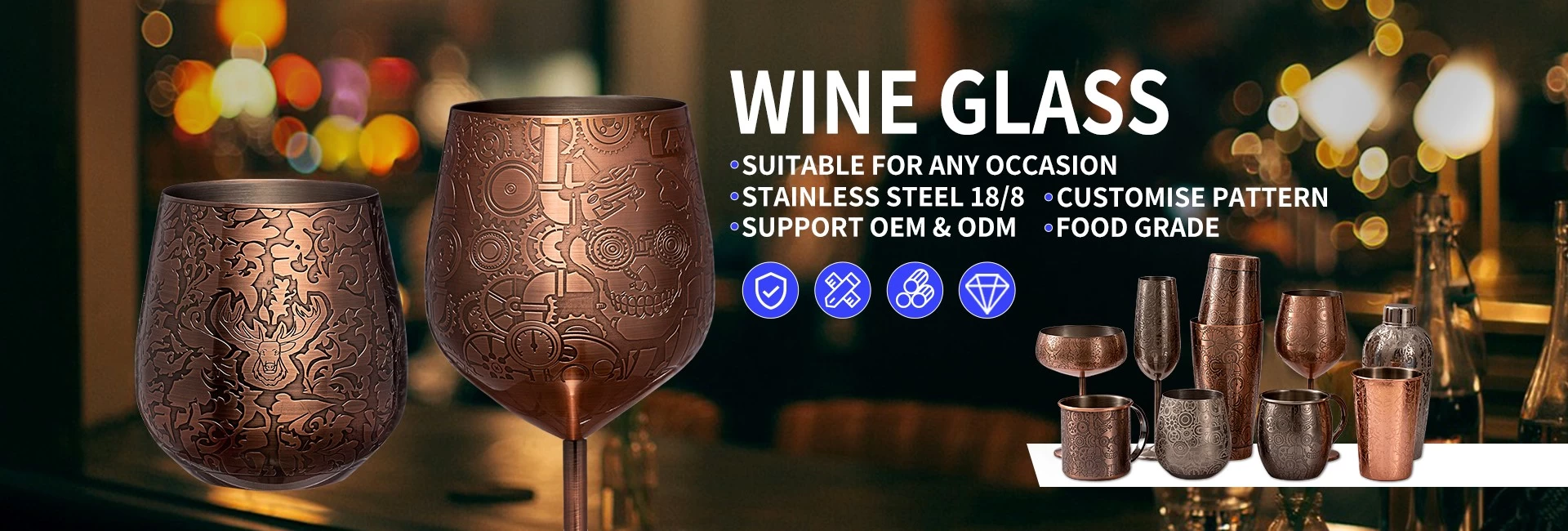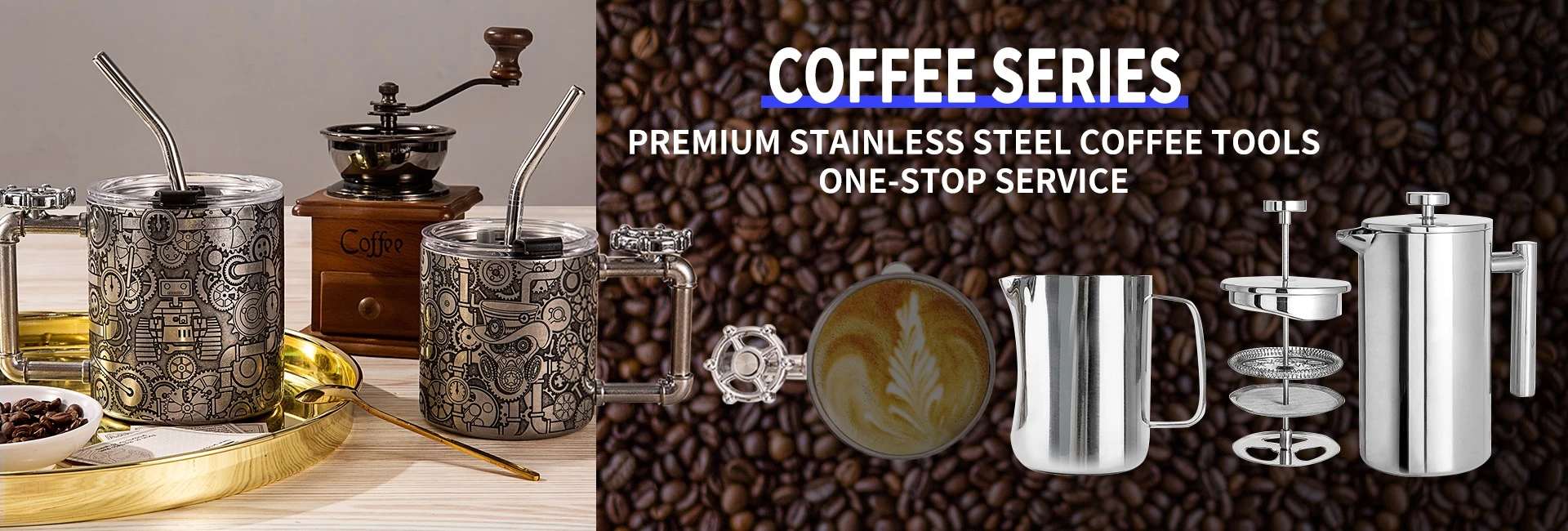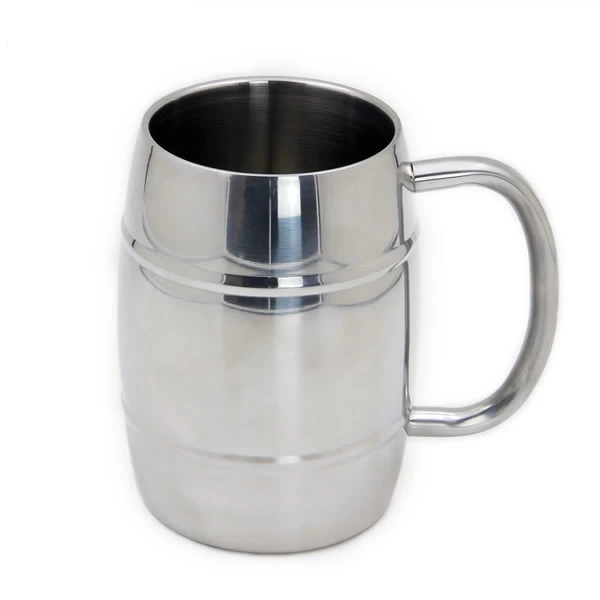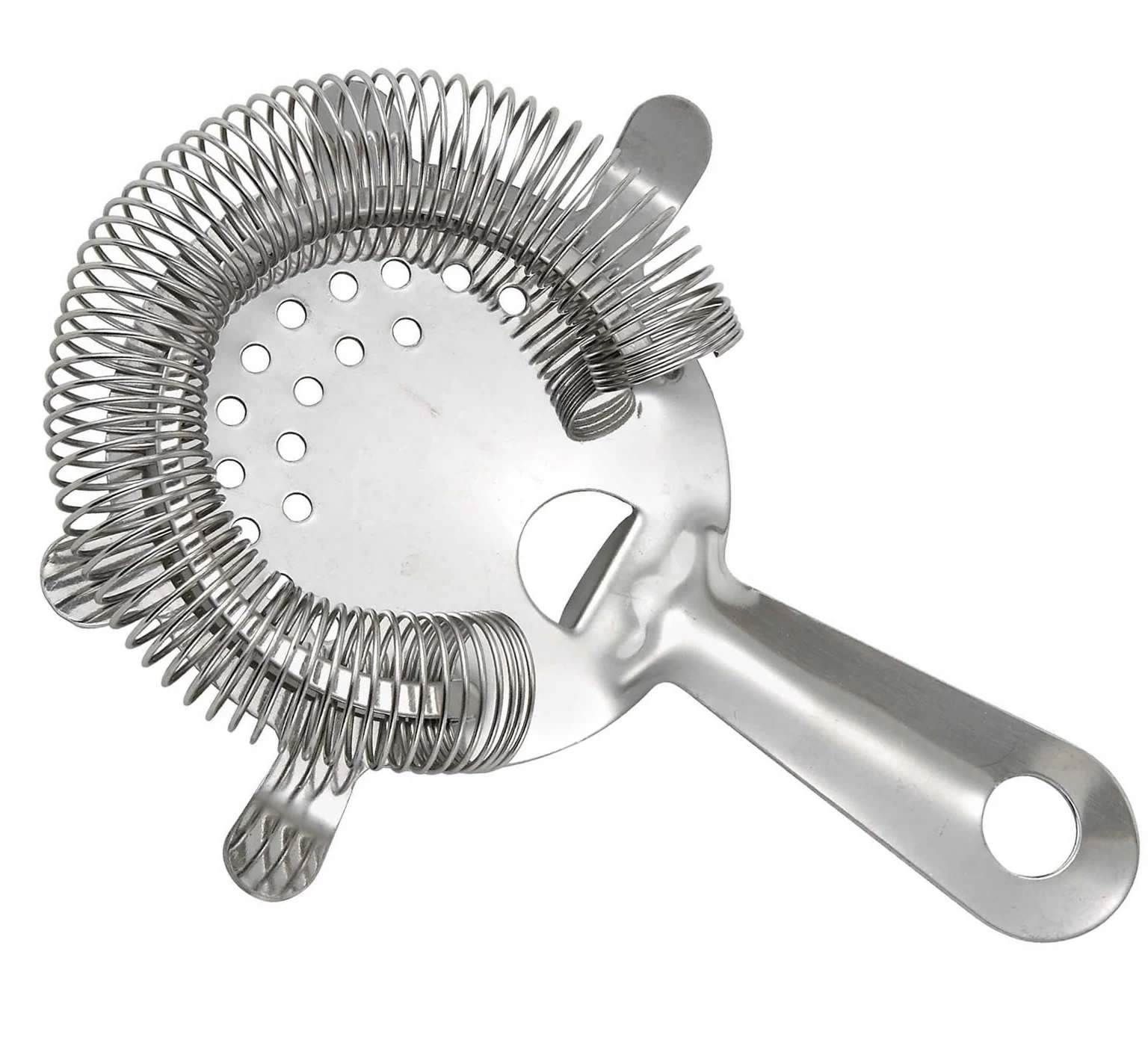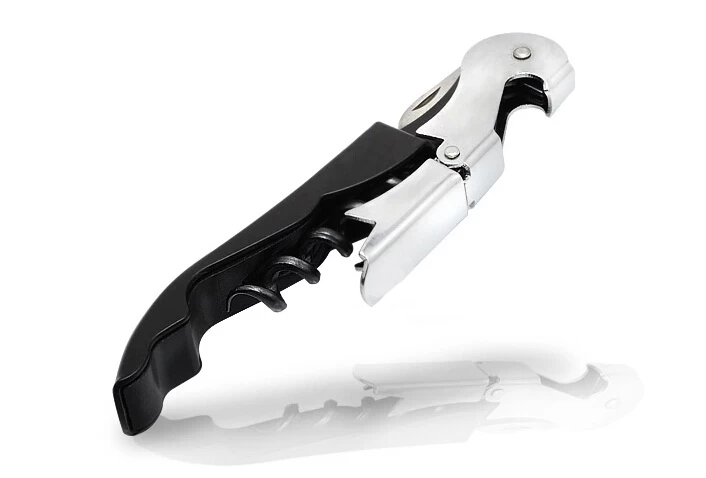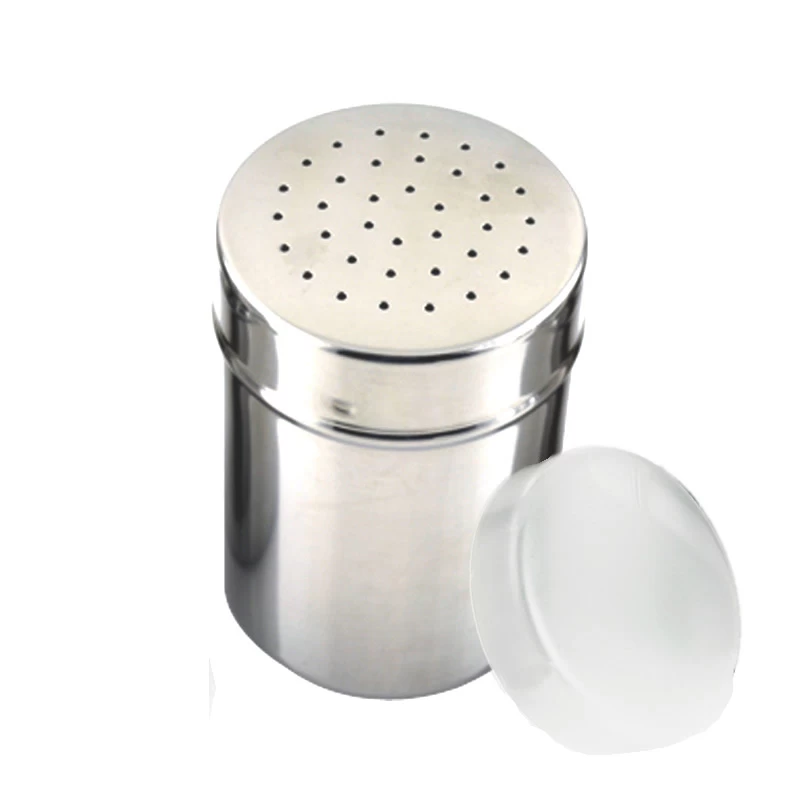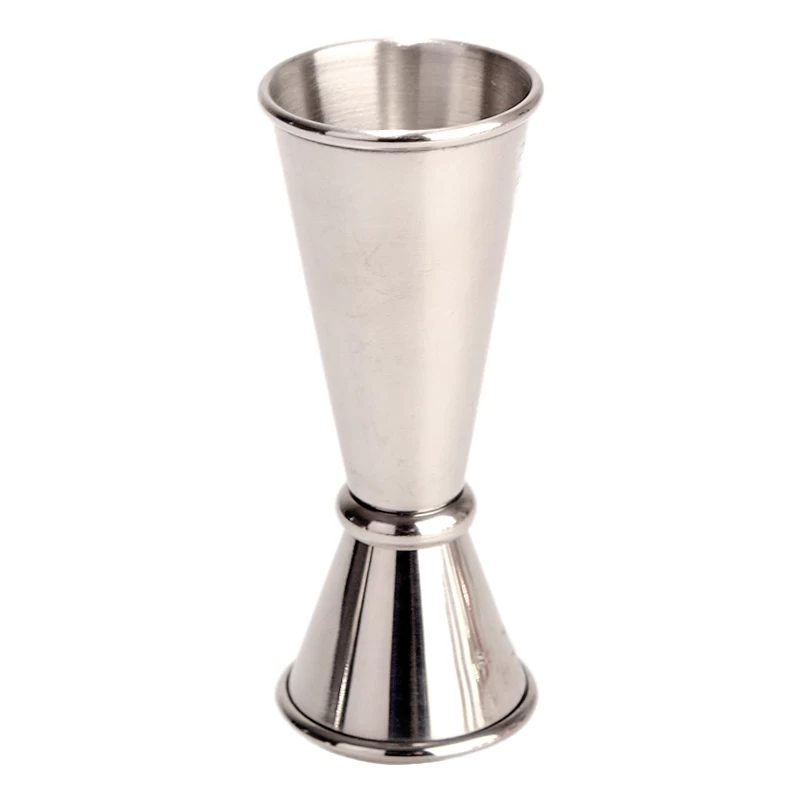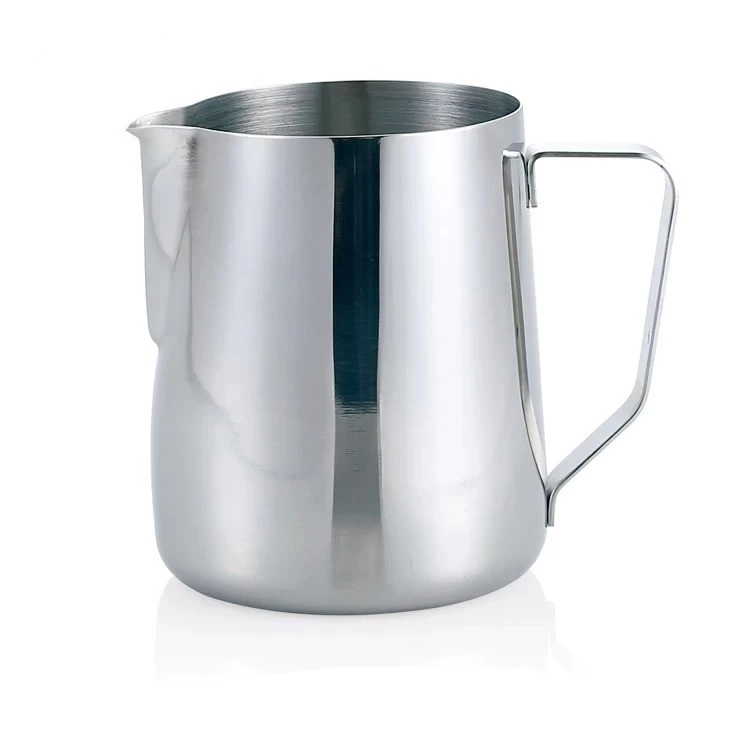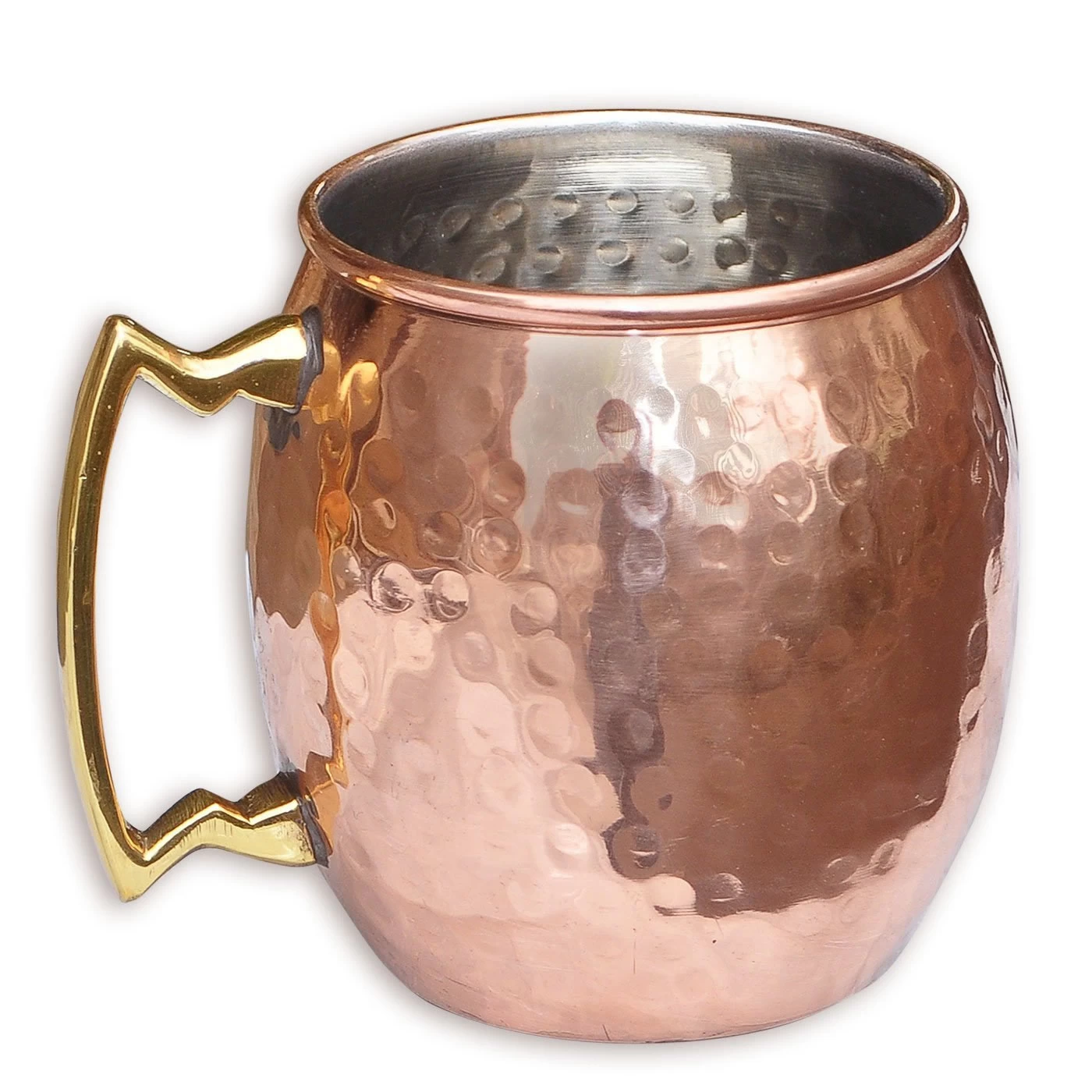The brief introduction of ferrite, austenite and martensite
E-BON
E-BON
2018-01-04 12:15:11
As we all know, solid metals and alloys are all crystals, that is, their atoms are arranged according to certain rules. There are three ways of arrangement: body centered cubic lattice structure, face centered cubic lattice structure and closely spaced six party lattice structure.
E-BON the most excellent stainless steel company, which provide you with OEM Stainless Steel Garlic Press.
Metal is made up of polycrystalline, and its polycrystalline structure is formed during the crystallization of metal. Composition of the iron carbon alloy of iron with two kinds of lattice structure: 910 DEG C for lattice structure with BCC alpha iron, above 910 DEG C with fcc lattice structure of gamma iron. If the carbon atom is squeezed into the lattice of iron, and does not destroy the lattice structure of the iron, such a substance is called solid solution. The solid solution formed by the dissolution of carbon to alpha iron is called ferrite, and its carbon dissolving ability is very low and the maximum solubility is not more than 0.02%. While the carbon dissolved into gamma iron in the formation of solid solution is called high carbon austenite, dissolved it, up to 2%.
Austenite is a high temperature phase of the iron carbon alloy. The austenite formed at high temperature at high temperature becomes an unstable undercooled austenite when it is undercooled below 727 degrees C. If the cooling rate is too low to below 230 C, the carbon atoms in austenite are no longer diffused. Austenite will be transformed into a carbon saturated solid solution, called martensite.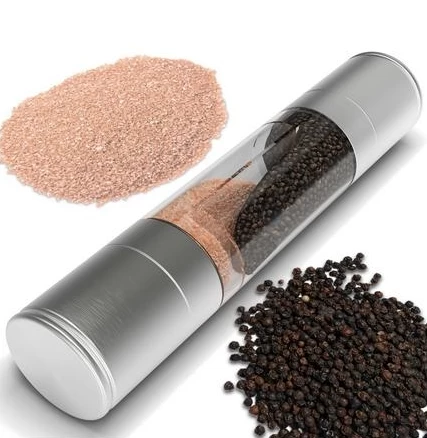

Metal is made up of polycrystalline, and its polycrystalline structure is formed during the crystallization of metal. Composition of the iron carbon alloy of iron with two kinds of lattice structure: 910 DEG C for lattice structure with BCC alpha iron, above 910 DEG C with fcc lattice structure of gamma iron. If the carbon atom is squeezed into the lattice of iron, and does not destroy the lattice structure of the iron, such a substance is called solid solution. The solid solution formed by the dissolution of carbon to alpha iron is called ferrite, and its carbon dissolving ability is very low and the maximum solubility is not more than 0.02%. While the carbon dissolved into gamma iron in the formation of solid solution is called high carbon austenite, dissolved it, up to 2%.
Austenite is a high temperature phase of the iron carbon alloy. The austenite formed at high temperature at high temperature becomes an unstable undercooled austenite when it is undercooled below 727 degrees C. If the cooling rate is too low to below 230 C, the carbon atoms in austenite are no longer diffused. Austenite will be transformed into a carbon saturated solid solution, called martensite.

As the carbon content is over saturated, the strength and hardness of martensite, the plasticity and the brittleness of the martensite are increased. The corrosion resistance of stainless steel is mainly derived from chromium. E-BON the stainless steel specialist, China Kitchenware Supplier.
It is proved that the corrosion resistance of steel is greatly increased only when the content of chromium is over 12%. Therefore, the chromium content in stainless steel is generally not less than 12%. The chromium content increased, the steel structure will have a great effect, when the high chromium content and carbon content is low, chrome will make iron and carbon balance, gamma phase is reduced, or even disappear, the stainless steel is ferrite structure, heating does not occur when the phase transition, called ferritic stainless steel. When the chromium content is low (but higher than 12%) and the carbon content is high, the martensite is easy to form when the alloy is cooled at high temperature, so it is called martensitic stainless steel.
Nickel can be extended gamma phase region, make the steel with austenite. If the amount of nickel is enough, the steel also has the austenite structure at room temperature, which is called the austenitic stainless steel.
It is proved that the corrosion resistance of steel is greatly increased only when the content of chromium is over 12%. Therefore, the chromium content in stainless steel is generally not less than 12%. The chromium content increased, the steel structure will have a great effect, when the high chromium content and carbon content is low, chrome will make iron and carbon balance, gamma phase is reduced, or even disappear, the stainless steel is ferrite structure, heating does not occur when the phase transition, called ferritic stainless steel. When the chromium content is low (but higher than 12%) and the carbon content is high, the martensite is easy to form when the alloy is cooled at high temperature, so it is called martensitic stainless steel.
Nickel can be extended gamma phase region, make the steel with austenite. If the amount of nickel is enough, the steel also has the austenite structure at room temperature, which is called the austenitic stainless steel.
If you want to get more information about E-BON, you can click china Stainless steel manufacturers.



